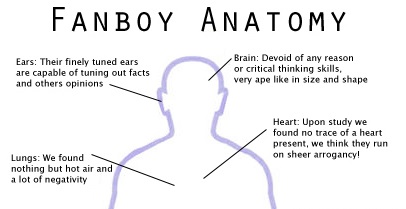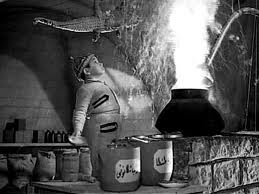Ok, Allies building numbers of needless BBs… cost benefit vs LCTs? Get serious…
Competely different vessals using completely different facilities, Britain built one BB in WW2 and it was not finished until 1946 (the rest were already under construction) stop building BB and it would have been cruisers, carriers or destroyers not landing craft of any type built
There was an Allied plan for a 6 month post invasion to Berlin victory drive… but it got stymied politically…
And a lack of resources, under estimating the German abilities, over estimating their own, then the agreement to stop at the Elbe
& if the Allies had superior numbers of tanks… of equivalent technical proficiency…
Analogous to what P-51s were doing over Germany… then, Berlin by Xmas, baby…
Would not have solved the POL or other supplies problem, you seem to keep forgetting that tank v tank engagement was rare and the Sherman was adequate for most tasks (very good at some as well)
The 88mm could penetrate the frontal armour of Matildas/KVs & etc… & that’s why Adolf was insistent…
Still not answered any of my counters that the Tiger I led to the modern MBT
The Russian 76mm & Western Allies 57mm & 75mm could not do like-wise to the Tiger…
and all were prewar designs with only the British 6pdr being a dedicated AT gun (you also don’t specify which 76mm or 75mm), the British 6pdr Mk IV L50 and Mk V L50 by the way could penetrate the tiger frontally when using APDS which had a penetration of 110mm at 1000m against RHA and FHA at 30 degrees (the 6pdr Mk II L43 had a pen of 118 at 500m and 104 at 1000m). The US never used the rounds though on their copy of the 6pdr.
The major difference in the British 3.7 AA & the 88? Weight/mobility of the mounting…
& the refusal to accept the need for combined arms tactical flexibility…
Or the British belief that smaller lighter and easier to conceal guns could do the job rather than expensive hard to produce, complicated and in desperately short supply guns. If France had not fallen the British would have had 6pdr guns in late 1940 and the 17pdr by late 1941 early 1942 but due to the need to (re)-equip their army the 2pdr was kept in production for too long as were the tanks mounting it, this pushed back the 6 pdr and 17pdr.
U.S. armoured units in Korea stuck with obsolescent Shermans wished they had a Centurion…
& likely would not have turned down the Tiger/MG 42/StG 44/Nebelwerfer if they were somehow practicably available…
The Cents had a phenominally accurate and long ranged 20pdr and could climb where no other tank could go, the Sherman could climb many areas better than the M26 and was still better than the improved version the M46 when it made its appearance (not bad considering most Shermans initially came from scrap compounds and neglected reserve in Japan)
The Tiger would have suffered the same fate it did in Italy where it could not climb the steep hills nor go off road (or use most roads due to weak bridges and culverts), not to mention its taxed final drives and engine which were a major cause of loss of the tank (couple with an inability to recover a 60tonne tank at the time)




